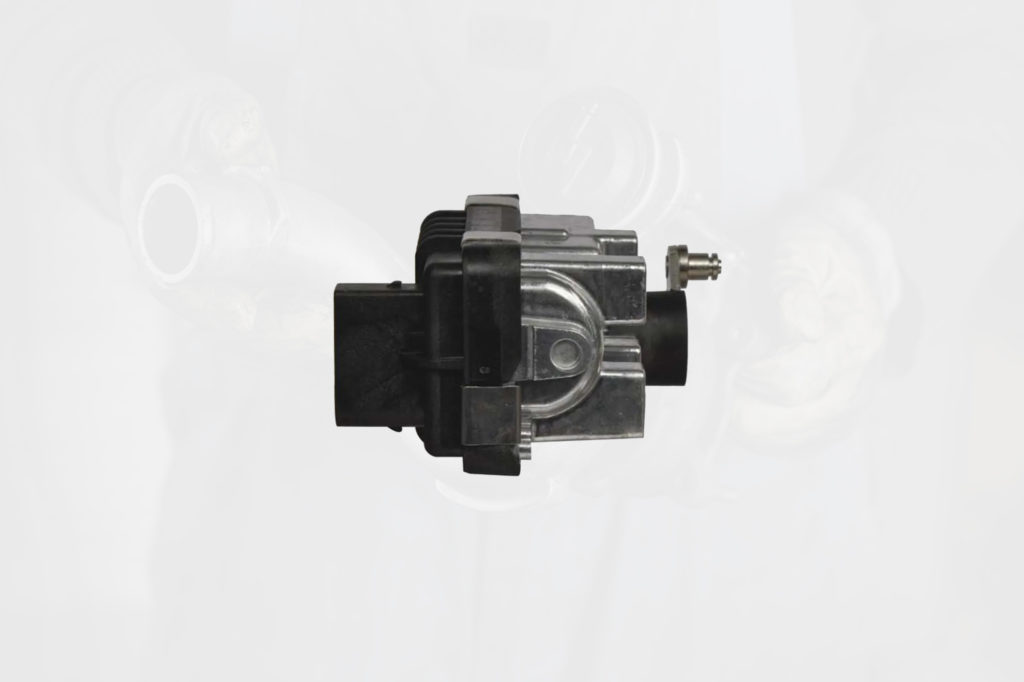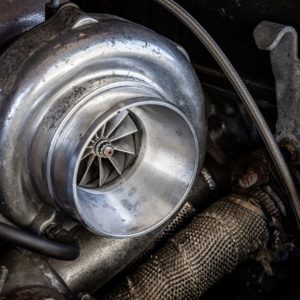Some turbochargers/superchargers have a smart actuator or a dedicated control module. They receive instruction from the powertrain control module (PCM) to ensure the engine gets the performance boost it needs. If the PCM detects a lack of communication between the turbocharger/supercharger control unit and the control modules on the data network, its diagnostics will log a U010C code.
What Does the U010C Code Mean?
Diagnostic trouble code (DTC) U010C indicates “Lost Communication With Turbocharger/Supercharger Control.” This code is set when the PCM loses communication with the turbocharger/supercharger control module or smart actuator.
The variable geometry turbocharger (VGT) is a forced induction device in many recently manufactured vehicles. Its sliding nozzle can adjust both the power produced by the turbine and the amount of air the engine gets. It ensures the turbine produces enough power to drive the compressor at the intended boost level, no matter the mode the engine runs on.

The VGT also has an actuator that responds to electrical signals from the PCM. To change the turbine power level, the actuator moves the nozzle ring’s position in relation to several guide vanes that manage the turbine’s airflow.
The PCM regularly checks the CAN bus that connects it with the turbocharger/supercharger actuator. If the actuator doesn’t send or receive any signals to and from the other control modules, the PCM will set the generic communication system code U010C.
Note: The definition of code U010C can differ depending on the vehicle manufacturer. Check the appropriate repair manual or repair database for the exact code definition.

What are the Common Causes of the U010C Code?
- Faulty turbocharger/supercharger actuator or control module
- Faulty turbocharger or supercharger
- Circuit problems, such as a damaged wire or poor connection
- Data network issues
What are the Common Symptoms of the U010C Code?
- Warning lights turn on
- Performance problems with the turbocharger or supercharger
How to Diagnose the U010C Code
The U010C code is a generic communication system code that can show up in different vehicle makes and models. Its exact cause can vary on a case-by-case basis, which means there is no universal solution for it.
If you’re not confident about conducting diagnostic tests on your vehicle, it’s a good idea to bring it to a professional mechanic. Otherwise, you can go ahead and diagnose the issue yourself. To help you get started, here is a video that can give you an idea of what the process might involve:
How to Fix the U010C Code
Fixing a U010C code can be a tough job. You will need the right tools and know-how to evaluate the turbocharger, supercharger, and CAN bus. Otherwise, you might end up making the wrong diagnosis or repair.
If you’re a DIYer with advanced technical knowledge and hands-on experience, you can run tests and resolve the issue on your own. Make sure you draw from the appropriate repair manual or refer to an online repair database to get vehicle-specific guides.
Any information provided on this Website is for informational purposes only and is not intended to replace consultation with a professional mechanic. The accuracy and timeliness of the information may change from the time of publication.


















